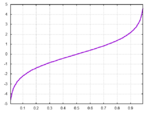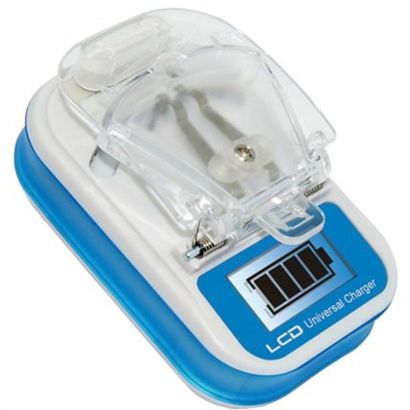Audioguru
Advanced Member level 7

- Joined
- Jan 19, 2008
- Messages
- 9,461
- Helped
- 2,152
- Reputation
- 4,304
- Reaction score
- 2,011
- Trophy points
- 1,393
- Location
- Toronto area of Canada
- Activity points
- 59,764
Here is a video of a cheap "unknown chinese brand" battery:





